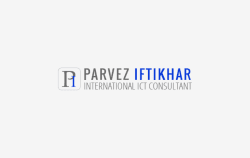Broadband for unserved areas – innovative bidding by USF Pakistan
THE THING THAT INTERESTS OTHER COUNTRIES MOST IN USF PAKISTAN, IS OUR INNOVATIVE BROADBAND PROGRAM! Even this month (Oct. 2011) I will be conducting an ITU sponsored workshop on this topic in Thailand. Designing the program was rather arduous. Initially we thought we would conduct standard auctions for Broadband too, just like the Rural Telecom…
Read More“Corruption in USF”
ONE OF THE BIGGEST CHALLENGES I face is to convince some of those who matter that it is possible to deal in Billions WITHOUT ANY CORRUPTION. I don’t blame them. Corruption has become so pervasive that if and when it is absent, one tends to disbelieve! So what does one do? It is said that…
Read MoreUSF TELECENTERS – THE SIMPLE CONCEPT
THE CONCEPT IS FAIRLY SIMPLE: USF pays the Broadband Service Providers to set up Telecenters at selected villages and hand those over to selected rural organizations, who would run these on a self-sustainable basis. The experiences gained by USF from endeavors such as the so-called ‘Community Broadband Centers’ (under USF Broadband program), the pilot project…
Read More
